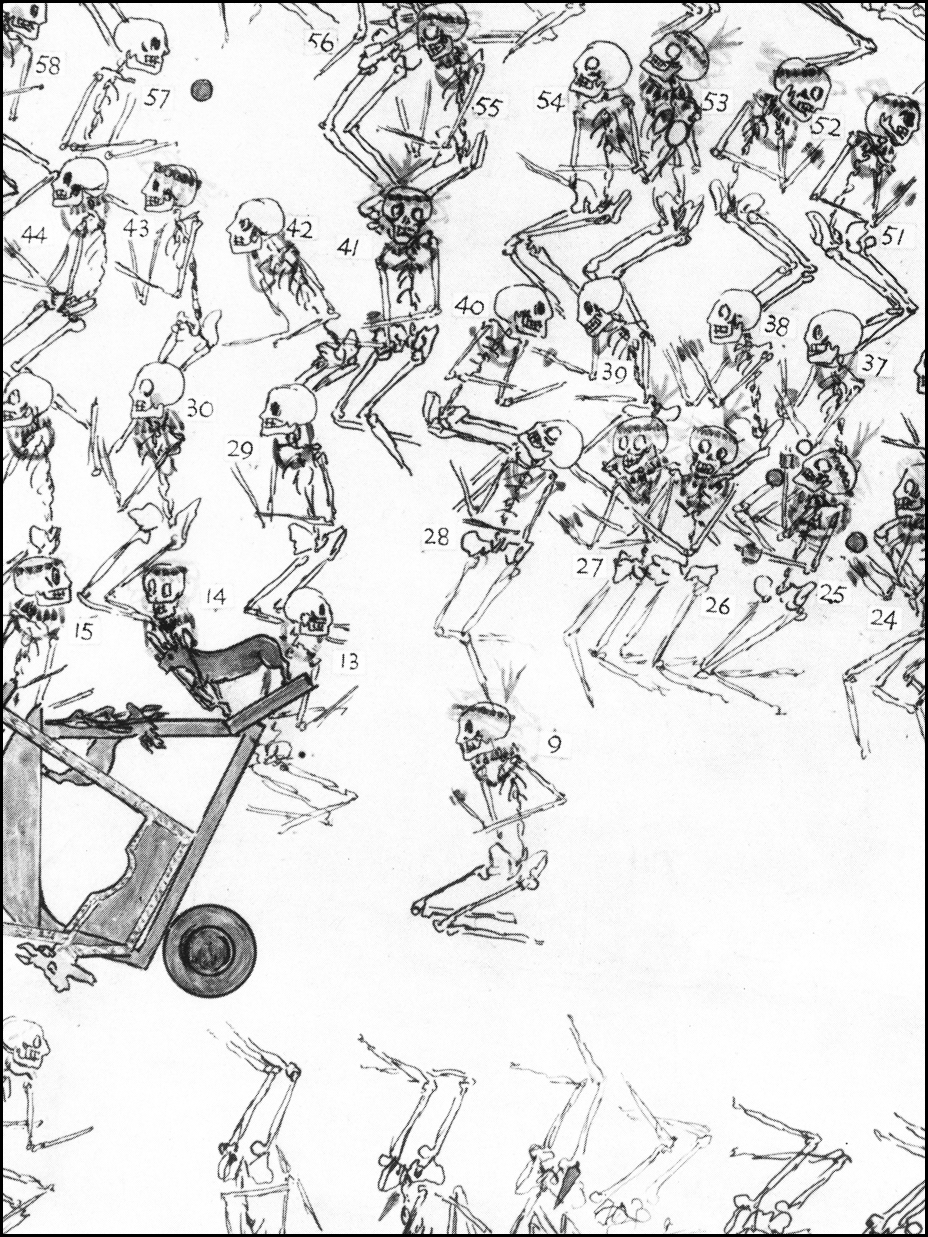Penn Museum’s Middle East galleries contain some of the world’s most important artifacts from the Royal Cemetery in the ancient city of Ur. In particular, the intact burial ground of Queen Pu-abi, which dates back more than 4,000 years, and a lavish mass burial which was described by its excavator as the "Great Death Pit," provide a uniquely illuminating view into the beliefs of ancient Sumerians. Professor Pittman will describe the Queen’s tomb, the elaborate and expensive rituals associated with the passing of members of elite society from this world to the next, and what this tells us about notions of life after death in early Mesopotamia.
Holly Pittman is Penn's Bok Family Professor in the Humanities, Curator of Penn Museum's Near East Section, and Co-curator of Penn Museum's Middle East Galleries. She has excavated in Cyprus, Turkey, Syria, Iraq and Iran and has had primary publication responsibilities of the art and especially the glyptic art from the sites of Malyan in the Fars province of Iran; Uruk period Tell Brak; and Uruk period Hacienbi Tepe. She co-curated the traveling exhibition of the "Treasures from the Royal Tombs of Ur" from the Penn Museum. Her current research interests revolve around the excavations of the sites of Konar Sandal South and North in the region of Jiroft in south-central Iran. Dr. Pittman has participated in two seasons of excavation of the two mounds and the exploration and survey of the region.



